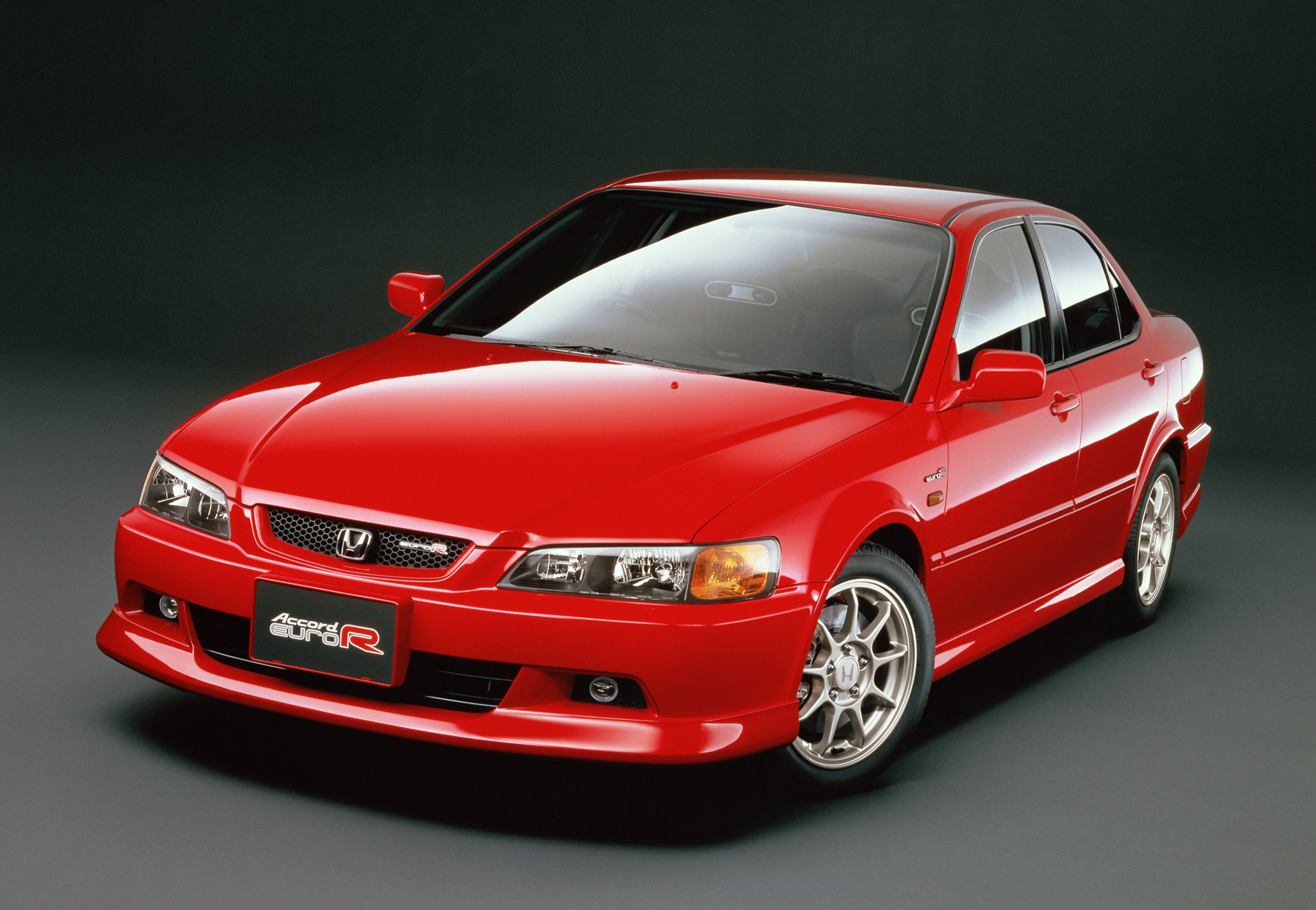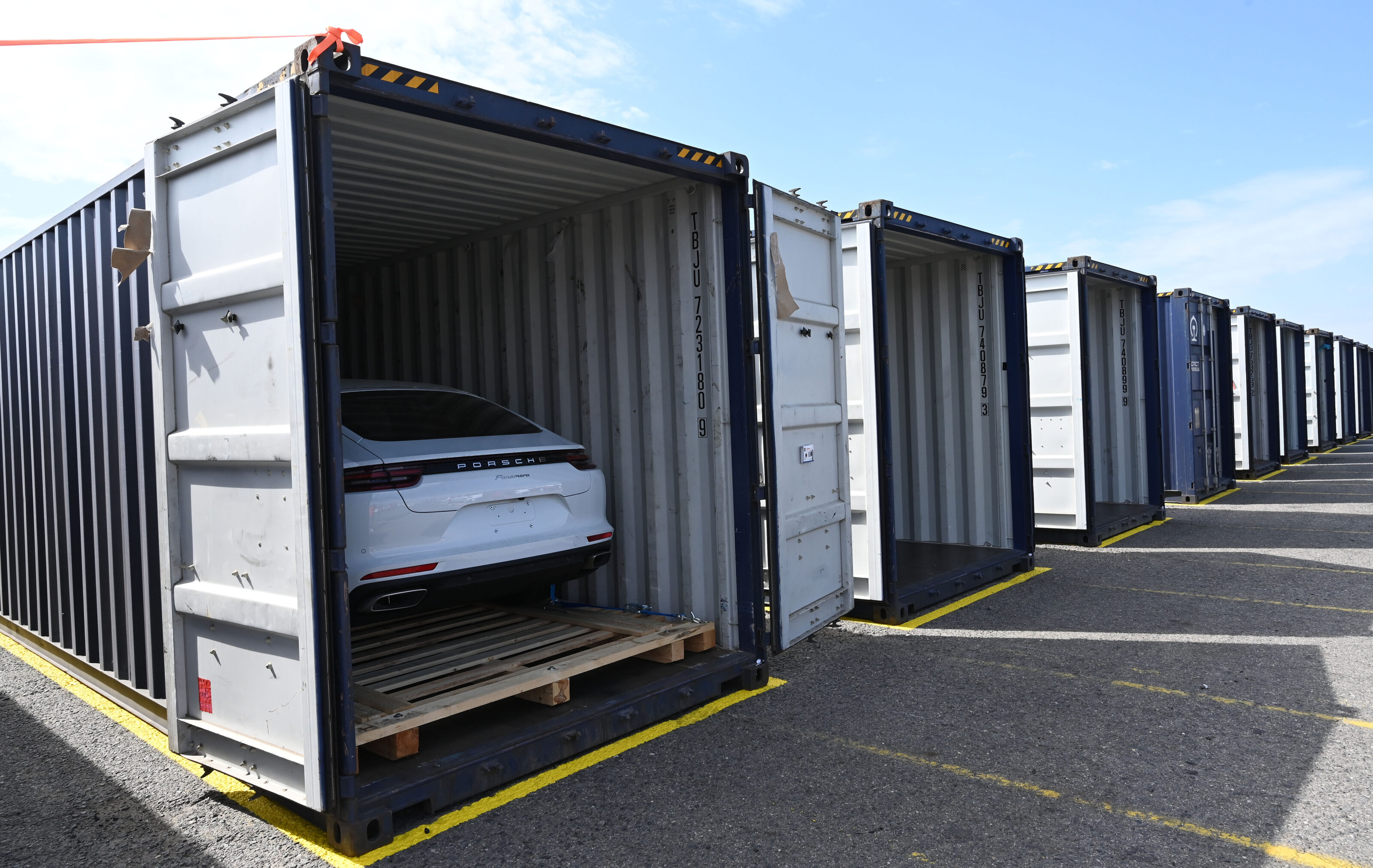The transitional period for the Road Vehicle Standards (RVS) legislation has been extended by 12 months, to June 30, 2023.
The Road Vehicle Standards Act 2018 (RVSA) replaced the Motor Vehicle Standards Act 1989 (MVSA) with a 12-month transitional period beginning on July 1, 2021.
The transition period allowed some approvals under the old MVSA legislation to remain in force to give industry stakeholders time to adapt to the new laws, which are designed to ensure all road vehicles sold in Australia meet new national road vehicle standards for safety, security and emissions.
The 12-month extension takes into account segments of the industry that have been affected by the COVID-19 pandemic and global supply chain issues, which has prevented them from transitioning to the new regulatory framework.
Any vehicle providers that have already transitioned to the RVS legislation will be able to continue providing their vehicles using approvals granted to them under the new legislation.
The story to here
November 2018: The Australian Government has passed the Road Vehicle Standards Bill, setting it on a path to becoming a fully-fledged ‘Act’ and replacing the Motor Vehicle Standards Act of 1989.
Apart from improving the standard of new and used imported cars, perhaps the most heavily scrutinised section of the RVS Bill by car owners and enthusiasts is that containing proposed changes to the Specialist and Enthusiast Vehicle Scheme (SEVS), which currently limits vehicles that are allowed as private imports.

The Australian Imported Motor Vehicle Industry Association (AIMVIA) celebrated the 2018 decision to update the laws, saying Australians would have more choice over the vehicles they can purchase or import.
“Crucially, the new scheme allows model variants to be independently imported if they haven’t been sold in Australia by the manufacturer, granting access to a plethora of new vehicles that have never been seen on Australian roads,” AIMVIA said in a statement.
“Likewise, eligibility for import means that new models only need to meet one out of six new SEVS criteria rather than the previous two-out-of-four arrangement.”
These criteria are as follows:
- The car has more than 110kW/tonne if built in 1992 (or over an extra 1kW/tonne for each year following)
- The vehicle’s drivetrain is based on an alternate power source to internal combustion or it is in a micro-car subcategory for low power (low emissions) vehicles (such as a Kei car)
- It was originally manufactured or fitted from the factory with substantive specialist mobility features to assist people with disabilities
- Total production of the vehicle make is less than 3000 units per year, model is less than 1000 units per year, or production of its variant is less than 100 per year. In addition, “Left-hand drive vehicles imported under the rarity criterion will not require conversion to right-hand drive but will need state or territory agreement for use on their roads.”
- The vehicle was originally manufactured as a left-hand drive vehicle and not available as an OEM RHD vehicle in another world market. These vehicles will require conversion to right-hand drive
- The vehicle was originally built as a caravan or motorhome.

“The net result of these changes and others means there are a number of exciting new opportunities for car enthusiasts and the small businesses that supply these vehicles to the Australian market,” AIMVIA stated.
“For the first time ever, rare and exotic vehicles can be complied with Australian Design Rules without the need for conversion to right-hand drive, setting the scene for hypercars such as the Bugatti Chiron to be registered for road use.
“For classic car lovers, the new ’25-year rule’ allows any vehicle manufactured more than 25 years ago to be imported, enabling a number of collectible vehicles from the 1990s to soon reach our shores.”

The Federal Chamber of Automotive Industries (FCAI) also welcomed the decision at the time, after it expressed concern over the government’s previous consideration of a parallel imports plan, which local automotive brands said would allow individuals to privately bypass the ‘official’ importation process and lose the benefits of warranties and the like.
“We welcome the passage of the Road Vehicle Standards Bill and congratulate both the Government and the Opposition for their bipartisanship on this very important piece of legislation” says FCAI chief Tony Weber.
“The new motor vehicle industry plays an important role in the lives of everyday Australians, with vehicles remaining one of the most significant household and business purchases.
“The new Act will ensure that Australians have access to new vehicles with state-of-the-art safety technology in a similar timeframe to the rest of the world.
“We will work with the government in the development of enabling rules to ensure that the Specialist and Enthusiast Vehicle Scheme meets its intent of providing unique vehicles without creating a ‘de-facto’ broad used import vehicle scheme.”





